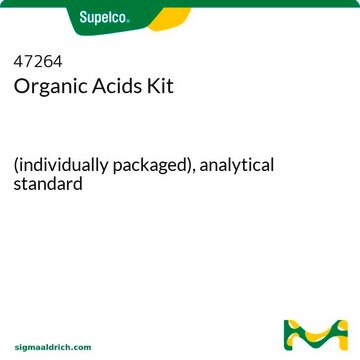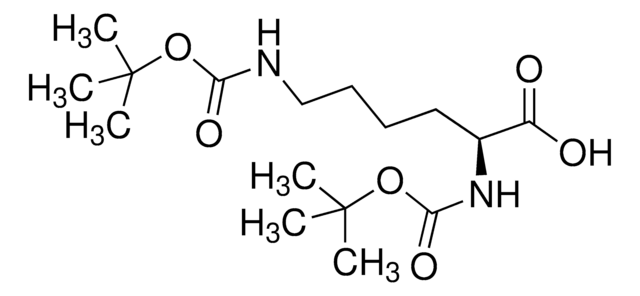ERD-152S
2,4-Dinitrotoluene solution
10 mg/mL in acetonitrile, ampule of 5 mL, certified reference material, Cerilliant®
About This Item
Recommended Products
grade
certified reference material
feature
Snap-N-Spike®/Snap-N-Shoot®
packaging
ampule of 5 mL
manufacturer/tradename
Cerilliant®
concentration
10 mg/mL in acetonitrile
application(s)
environmental
format
single component solution
storage temp.
−20°C
InChI
1S/C7H6N2O4/c1-5-2-3-6(8(10)11)4-7(5)9(12)13/h2-4H,1H3
InChI key
RMBFBMJGBANMMK-UHFFFAOYSA-N
Looking for similar products? Visit Product Comparison Guide
Legal Information
Signal Word
Danger
Hazard Statements
Precautionary Statements
Hazard Classifications
Acute Tox. 4 Dermal - Acute Tox. 4 Inhalation - Acute Tox. 4 Oral - Aquatic Chronic 2 - Carc. 1B - Eye Irrit. 2 - Flam. Liq. 2 - Muta. 2
Storage Class Code
3 - Flammable liquids
WGK
WGK 3
Flash Point(F)
35.6 °F - closed cup
Flash Point(C)
2 °C - closed cup
Certificates of Analysis (COA)
Search for Certificates of Analysis (COA) by entering the products Lot/Batch Number. Lot and Batch Numbers can be found on a product’s label following the words ‘Lot’ or ‘Batch’.
Already Own This Product?
Find documentation for the products that you have recently purchased in the Document Library.
Our team of scientists has experience in all areas of research including Life Science, Material Science, Chemical Synthesis, Chromatography, Analytical and many others.
Contact Technical Service












